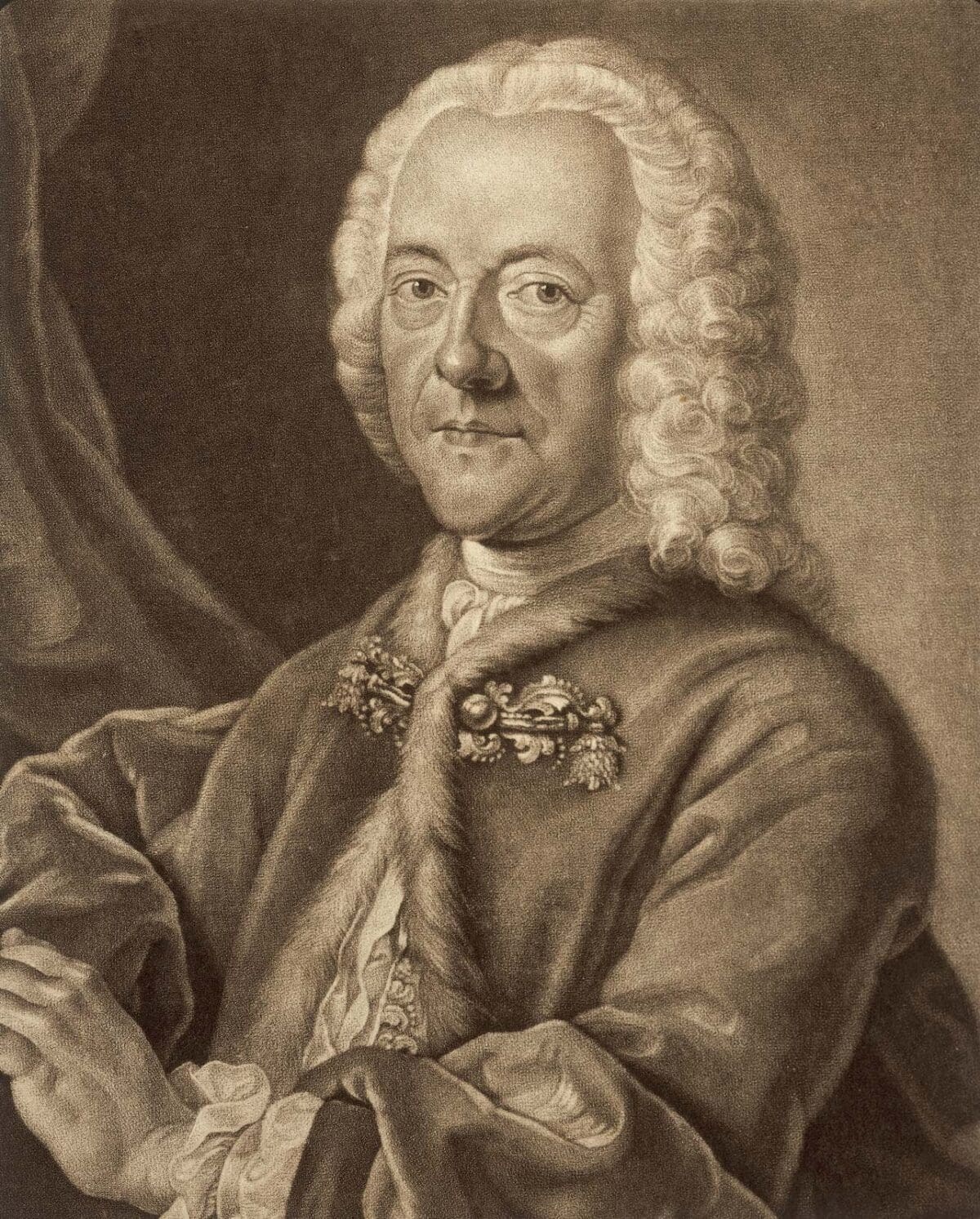His masterpiece Canon in D dominates the wedding industry. It is the one piece of classical music that is extremely popular, and everyone has heard it. However, who is the artist behind it? It was Johann Pachelbel, the prodigy of Nuremberg, who showed his talent and passion at a young age. In addition, He received his early musical training from local organists and music teachers.
Financial hardship and education
In an attempt to enhance his education, he enrolled in the University of Altdorf. However, like many today, Pachelbel was not immune from financial hardships. Consequently, he left the school due to economic reasons. However, determined to educate himself, Pachelbel enrolled in the Gymnasium Poeticum in Regensburg with a scholarship. To further his skills in the craft, he also studied music outside the school.
Diversity in style
His mentor outside of school was Kaspar Prentz, a student of Johann Caspar Kerll, who absorbed the style of the Italian composers of his time. Evidently, Kasper had an influence on Pachelbel’s musical style. In addition, He spent five years in Vienna as an organist and a student of Catholic organ music that widespread in Southern Germany and Italy. His work “Musikalische Ergötzung” suggests he knew French music as he incorporated French overtures and movements into the piece.
The Bach family
Johann became close with the Bach family. Ambrosius Bach (father of the famous Bach) asked Pachelbel to be the godfather of his daughter, Johanna Juditha Bach. Pachelbel tutored Johann Christoph Bach and later trained his young brother, the famous Johann Sebastian Bach. This indirect influence seemed to have affected Bach’s music in his early years.
The wedding artist
Pachelbel had a significant influence on the pupils who studied under him, including his son Charles Theodore. Charles would be one of the first composers to immigrate to the early American colonies and influence American choral music. Oddly, his most significant impact would be on pop music, not something common for classical artists. His piece Canon in D would be played by French conductor Jean-François Paillard, giving the piece a new popular momentum. American and European bands such as Aphrodite’s Child, Pop-Tops, and Parliament would later incorporate the piece and play it to their audiences. It was later recorded on classical music albums and achieved the most significant sales of classical albums. Today it is widely played in weddings and celebrations, making it the top choice for those occasions.
Photo – https://www.imdb.com/name/nm0655341/
Sign up for one of our upcoming organ concert!!
To get more stories like this, please subscribe to our newsletter!









